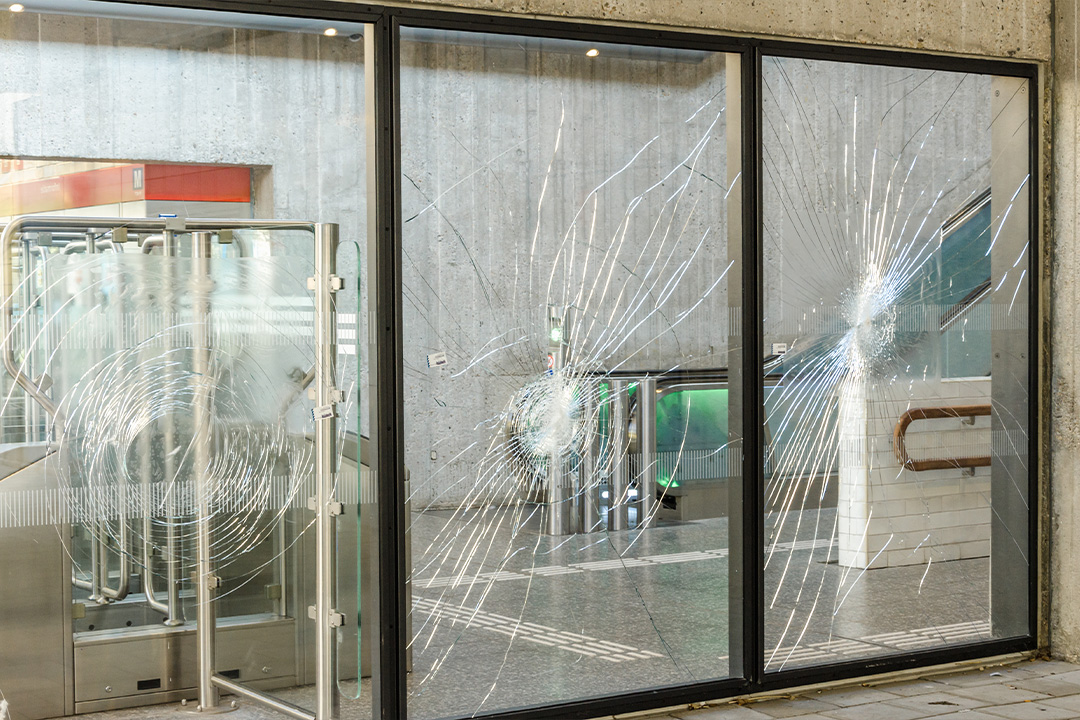Understanding Unbreakable Glass
Unbreakable glass, also known as shatterproof or tempered glass, is a specially engineered material designed to withstand extreme force and impact without breaking into sharp, dangerous shards. Unlike traditional glass, which can pose serious safety hazards when shattered, unbreakable glass remains intact or breaks into small, less harmful pieces.
The Advantages of Unbreakable Glass
Enhanced Safety: The primary benefit of unbreakable glass is the safety it provides. In applications where glass breakage can lead to injury or damage, unbreakable glass offers peace of mind. It reduces the risk of accidents and injuries caused by glass fragments.

Durability: Unbreakable glass is significantly more robust than conventional glass. It can withstand forces that would shatter ordinary glass, making it ideal for high-risk environments.
Security: Unbreakable glass enhances security. It is resistant to forced entry, making it a popular choice for windows and doors in homes and businesses.
Optical Clarity: Despite its strength, unbreakable glass maintains excellent optical clarity, ensuring that natural light and views are not compromised.
Applications of Unbreakable Glass
Unbreakable glass finds a wide range of applications in various industries and settings:
Automotive Industry: Unbreakable glass is commonly used in vehicle windshields and windows to improve passenger safety. In the event of an accident, it prevents glass shards from injuring occupants.
Construction: In construction, unbreakable glass is used for windows, doors, and curtain walls in high-rise buildings and public spaces, ensuring safety and security while providing unobstructed views.
Security Installations: Unbreakable glass is employed in security installations such as bank teller windows, armored vehicles, and prison facilities, where protection from forced entry is paramount.
Home Safety: In residential settings, unbreakable glass is used for sliding doors, shower enclosures, and windows in hurricane-prone areas, safeguarding homes from accidents and storms.
Retail Display: Retailers use unbreakable glass for display cases and storefronts to protect valuable merchandise and enhance security.
Electronics: The screens of smartphones, tablets, and laptops often feature unbreakable glass to prevent damage from accidental drops.
Conclusion
Unbreakable glass represents a leap forward in safety and innovation. Its capacity to withstand extreme force without shattering makes it an invaluable material in various applications, from automotive and construction to home safety and retail. Beyond its remarkable durability, unbreakable glass offers security and peace of mind, particularly in environments where safety is a top priority.
As we continue to prioritize safety and efficiency in our everyday lives, unbreakable glass stands as a testament to human ingenuity. It is a material that not only enhances our well-being but also redefines the boundaries of what is possible in the realm of glass technology. With unbreakable glass, we are taking bold steps toward a future where safety and innovation coexist harmoniously, making the world a safer place, one pane at a time.








